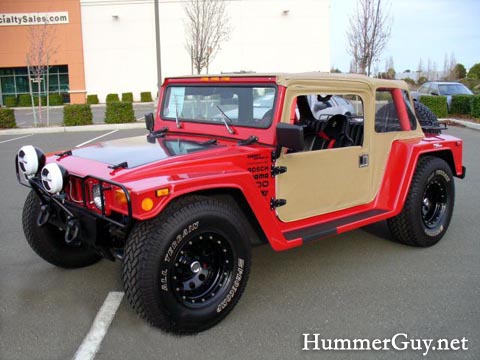
The strategy behind the ad speaks to the ruggedness of the Jeep Rubicon. The Jeep Rubicon is so capable and comfortable that a robot chooses to take it out to its favorite fishing spot. If a machine that is hell bent on taking over the world and eradicating the human race can trust the Jeep Rubicon to get where it needs to go, anyone can. Imagination aside, the Rubicon is shown in the ad to be the exact vehicle you need to get you anywhere you need to go.
While I agree with the strategy behind the ad, I do not agree with the execution. This is a double truck ad, with entirely too much empty space. The robot fishing in the stream could be easily conveyed in the top two thirds of the ad, leaving the bottom third with space to convey some unique selling points of the vehicle. In my opinion when you have a stationary audience, like you do in a magazine, you should take that time to inform that audience of information you can’t fit into a TV or pre roll spot. This space could also be used to tie into the movie more. Having the unique selling points tie into the movie theme would be an entertaining way to convey interesting points for both the movie and the vehicle.
The ad feels like it was built plainly to appeal to both the movie clients and the vehicle clients. By doing that, both clients were shorted on what they could have been given.
What do you think about this print ad? Does it do anything to make you want to see the movie or drive a Jeep?


 Suzuki SJ410 (Maruti Gypsy)
Suzuki SJ410 (Maruti Gypsy)



























